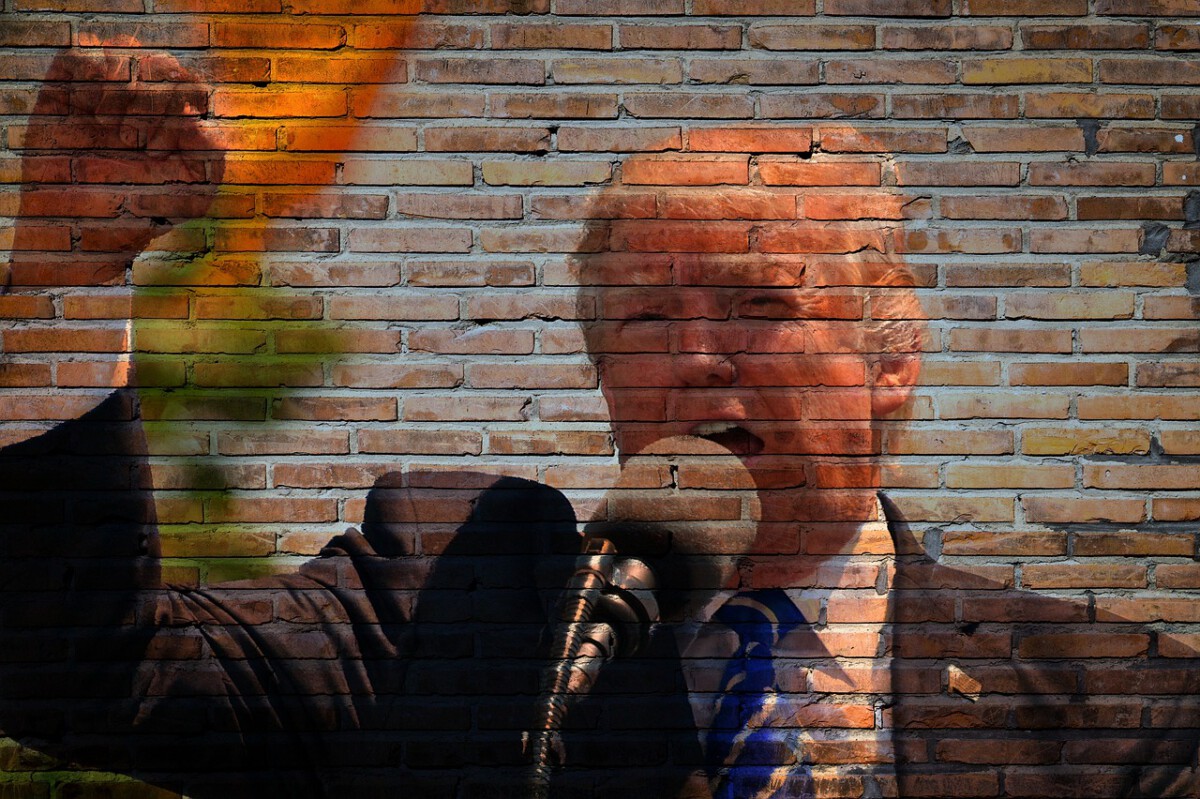The Birth of a Global Fast-Food Empire
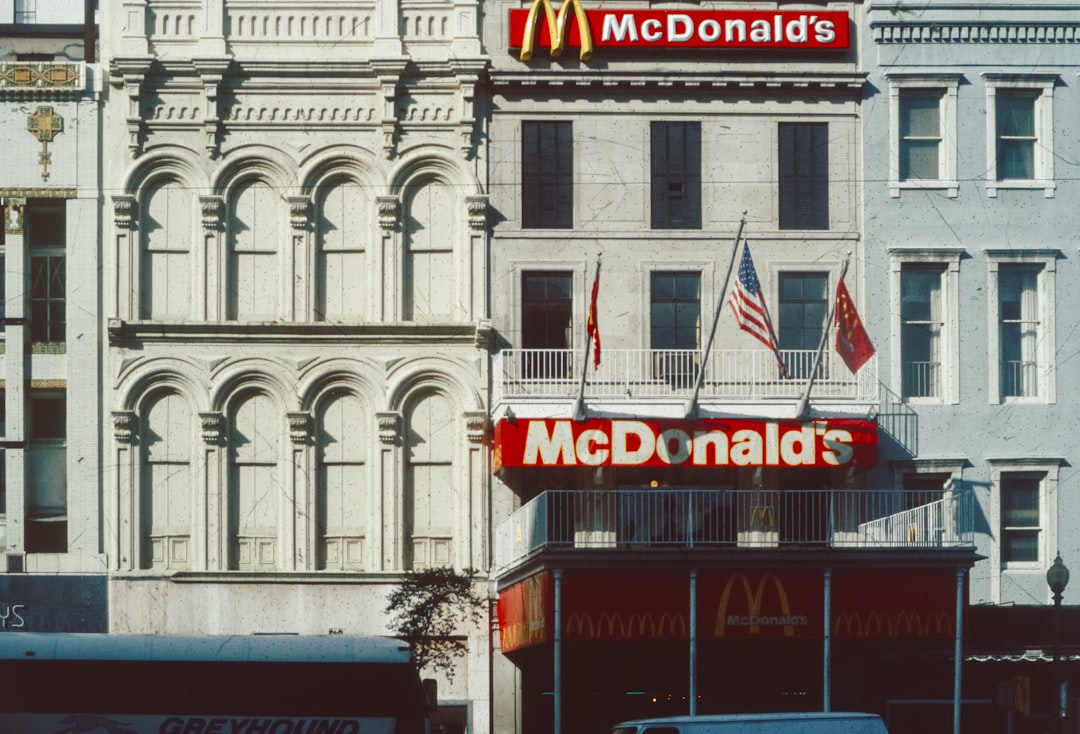
When the McDonald brothers opened their first restaurant in San Bernardino, California in 1940, they probably didn’t imagine they were laying the foundation for what would become one of America’s most powerful cultural exports. The business model was first adopted by the brothers Richard James and Maurice James McDonald, who sold their business to Ray Kroc, their first franchise agent, at the then heavy sum of US$ 2.7 million, back in 1961. By the 1950s, Ray Kroc’s franchising model propelled McDonald’s into a national phenomenon, capitalizing on America’s postwar economic boom, suburban sprawl, and car culture, which saw vehicle registrations soar from 26 million in 1945 to 67 million by 1960. What started as a simple drive-in restaurant would eventually reveal core truths about American values: efficiency, standardization, and the relentless pursuit of convenience. It’s fascinating how a hamburger stand became a mirror reflecting an entire nation’s character. Today, The total number of McDonald’s outlets worldwide reached 40,275 by the end of 2023. The golden arches stand as monuments to American ambition, serving around 70 million people around the globe which accounts for up to 1% of the total human population in a single day.
Franchising: Teaching the World American Entrepreneurship
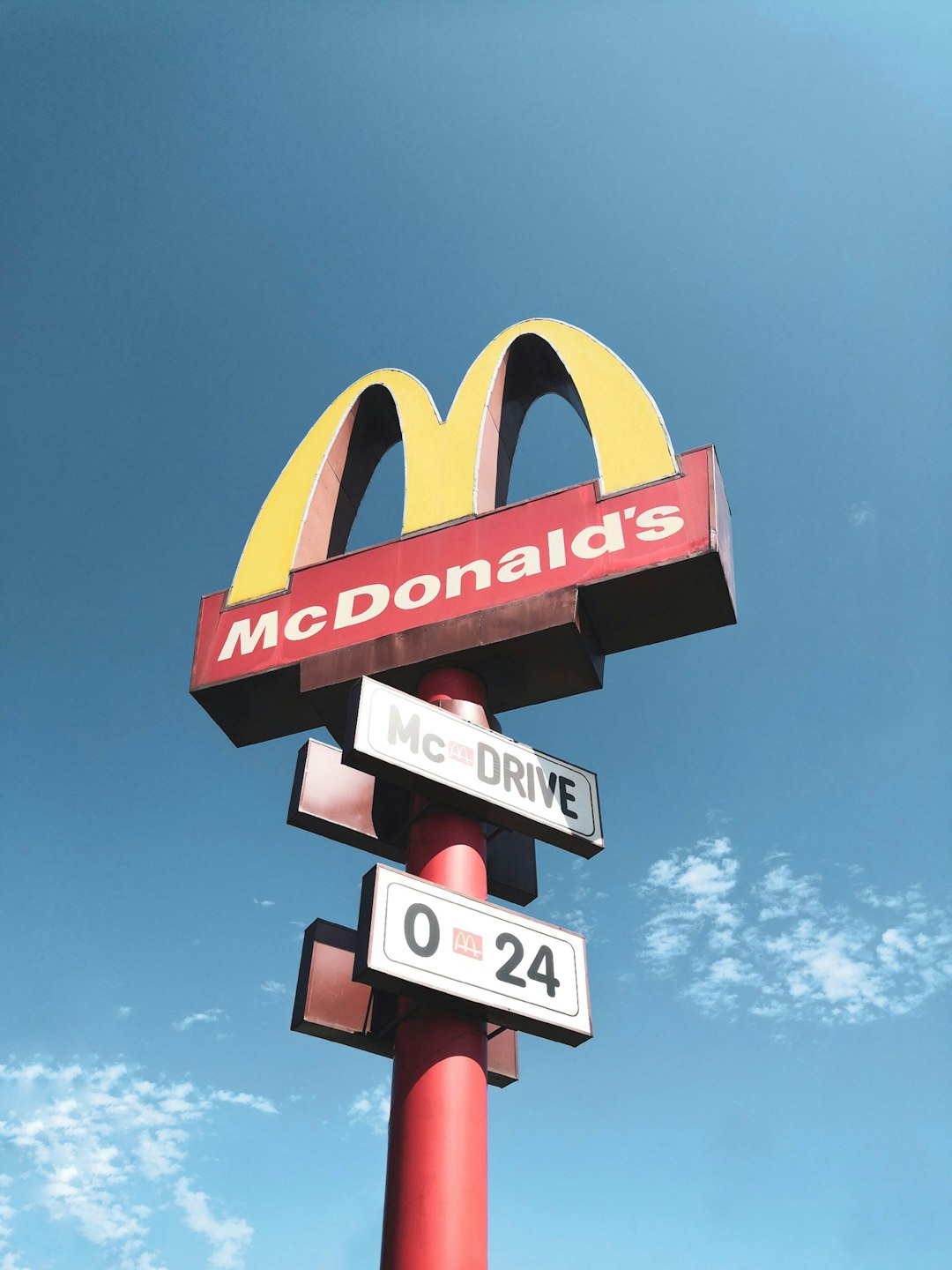
McDonald’s didn’t just export burgers—it exported the American dream itself through franchising. While a global Brand, the vast majority of McDonald’s restaurants – more than 80% worldwide and nearly 90% in the U.S. – are owned and operated by approximately 5,000 independent, small- and mid-sized businessmen and women. This model taught the world that success could be systematically replicated through strict guidelines and unwavering standards. The franchise system became America’s greatest export of entrepreneurial spirit, showing people globally that with enough determination and adherence to proven methods, anyone could build a business. In 2023, approximately 93% of McDonald’s restaurants were operated by franchisees. The company earned $12.5 billion US dollars from franchise fees and royalties in 2023, up from $11.8 billion US dollars in 2022. McDonald’s taught international entrepreneurs that standardization wasn’t the enemy of innovation—it was the foundation that made innovation scalable. Through franchising, McDonald’s spread not just a business model, but an entire philosophy about how capitalism could democratize opportunity.
The Assembly Line Kitchen: Industrializing Food Production
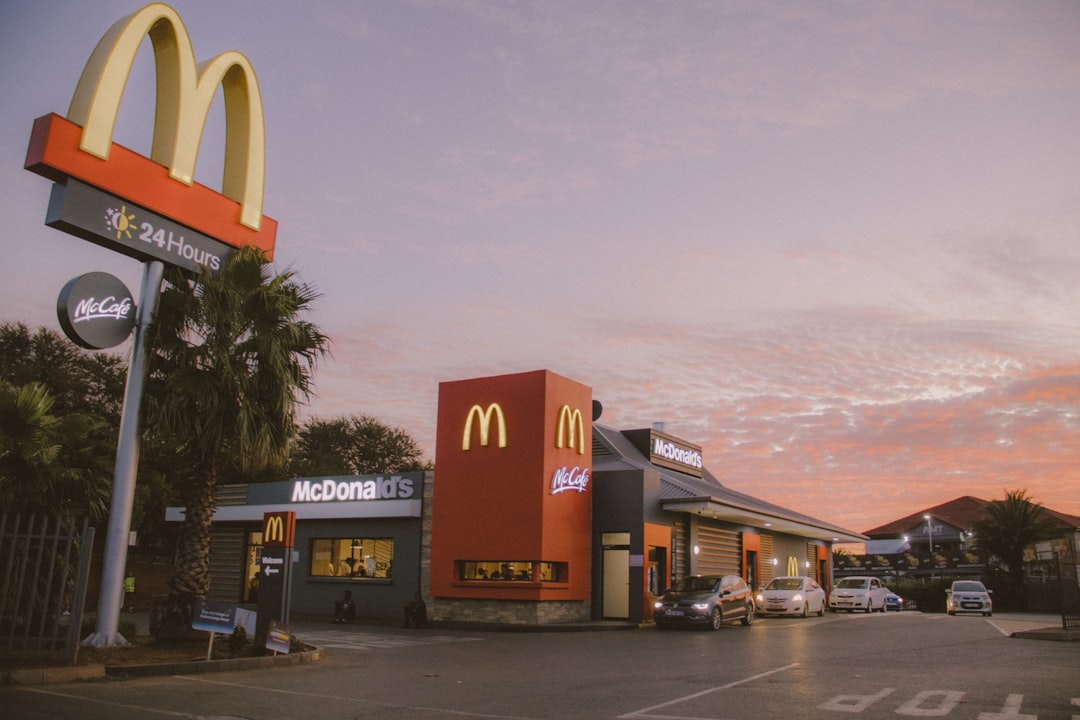
McDonald’s revolutionized food service by applying Henry Ford’s assembly line principles to kitchen operations, teaching the world that even cooking could be industrialized. The historical context of McDonald’s expansion begins with its origins in the 1940s, when brothers Richard and Maurice McDonald opened their first restaurant in San Bernardino, California, revolutionizing food service with the “Speedee Service System”—a precursor to modern fast-food assembly-line efficiency. This approach fundamentally changed how the world viewed food preparation—not as an art, but as a science that could be perfected and replicated. The kitchen became a factory, workers became specialists in single tasks, and meals became products rolling off a production line. McDonald’s sells burgers every second. Every minute, McDonald’s sells 80 hamburgers around the globe. This industrial approach to food taught emerging economies that efficiency and scale could transform traditional industries. McDonald’s proved that American industrial thinking could be applied to any sector, turning what was once artisanal into something mass-producible and profitable.
Standardization as Cultural Export
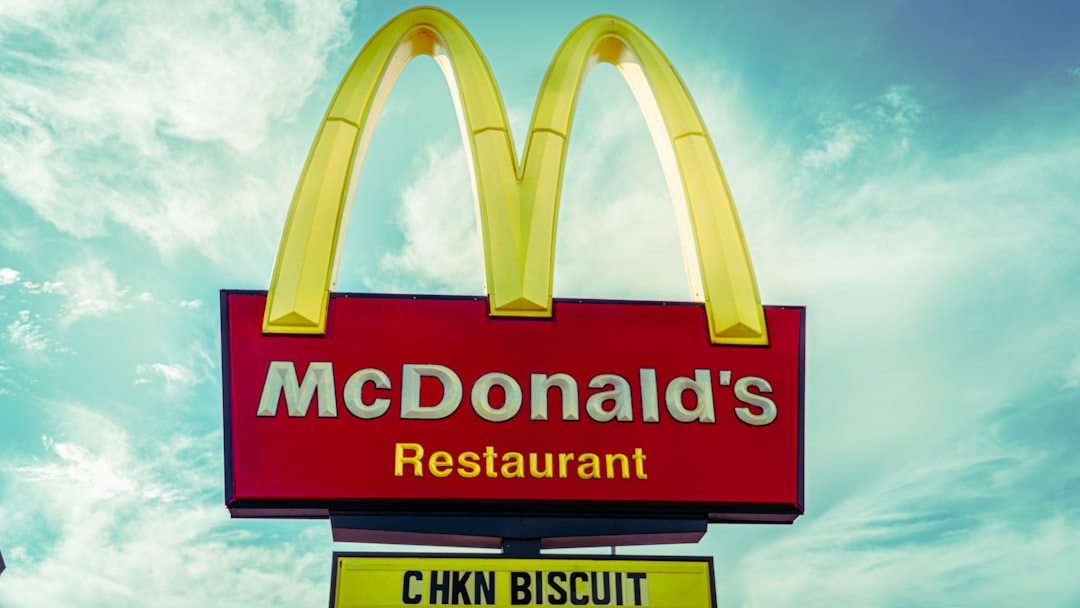
Through McDonald’s, America taught the world that consistency was a virtue worth pursuing across cultures and continents. It doesn’t matter if you’re visiting a McDonald’s in California or Connecticut, America or Australia—you’re going to have a similar experience wherever you are. This highlights Ray Kroc’s vision for McDonald’s from the beginning. The golden arches became a promise that transcended language barriers: no matter where you were in the world, you’d know exactly what to expect. This standardization philosophy extended far beyond food, influencing how global businesses approached quality control and customer service. A McDonald’s Big Mac was chosen because of the prevalence of the fast food chain worldwide, and because the sandwich remains largely the same across all countries. America demonstrated through McDonald’s that predictability could be a competitive advantage, teaching international markets that customers valued reliability over surprise. The franchise model became a blueprint for how American values of consistency and quality control could be systematically exported worldwide.
Speed as American Values
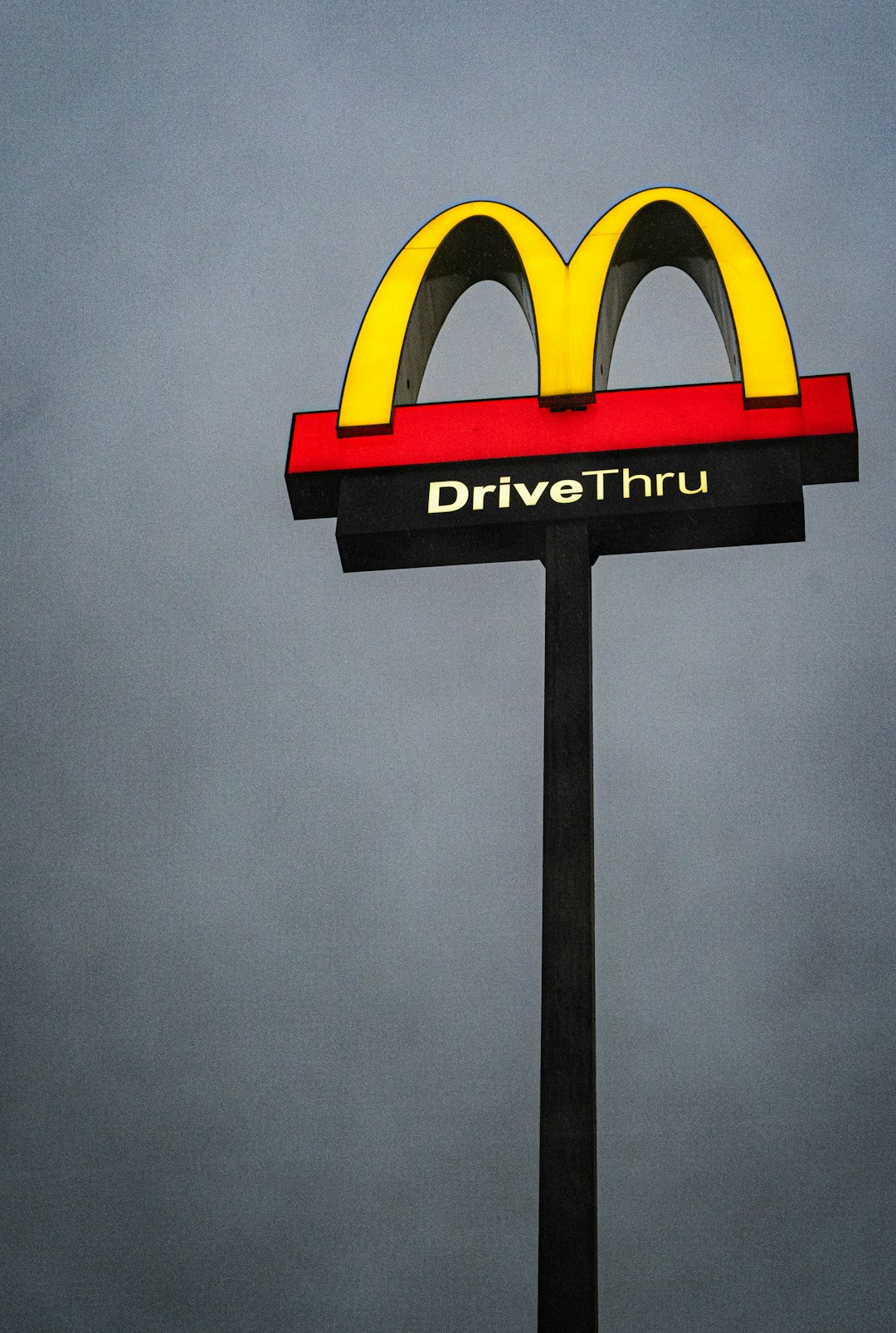
McDonald’s became America’s ambassador for the cult of speed, teaching the world that time was money and convenience was king. The “fast” in fast food wasn’t just about cooking—it was about an entire American philosophy that prized efficiency over everything else. That’s why we’re focused on giving customers what they really want: hot, delicious food served quickly – with an overall experience and value for their money that meets their rising expectations. This obsession with speed reflected deeper American values about productivity, progress, and the relentless optimization of time. McDonald’s showed the world that waiting was no longer acceptable when systems could be designed to eliminate delays. The drive-through window, pioneered and perfected by McDonald’s, became a symbol of American innovation in service delivery. Every 30 seconds, 75 McDonald’s coffees are sold 200 times. Through McDonald’s, America taught the world that speed wasn’t just about efficiency—it was about respect for the customer’s time, turning quick service into a form of hospitality. This time-centric approach influenced everything from banking to retail, spreading the American belief that faster was almost always better.
The Economics Lesson: The Big Mac Index
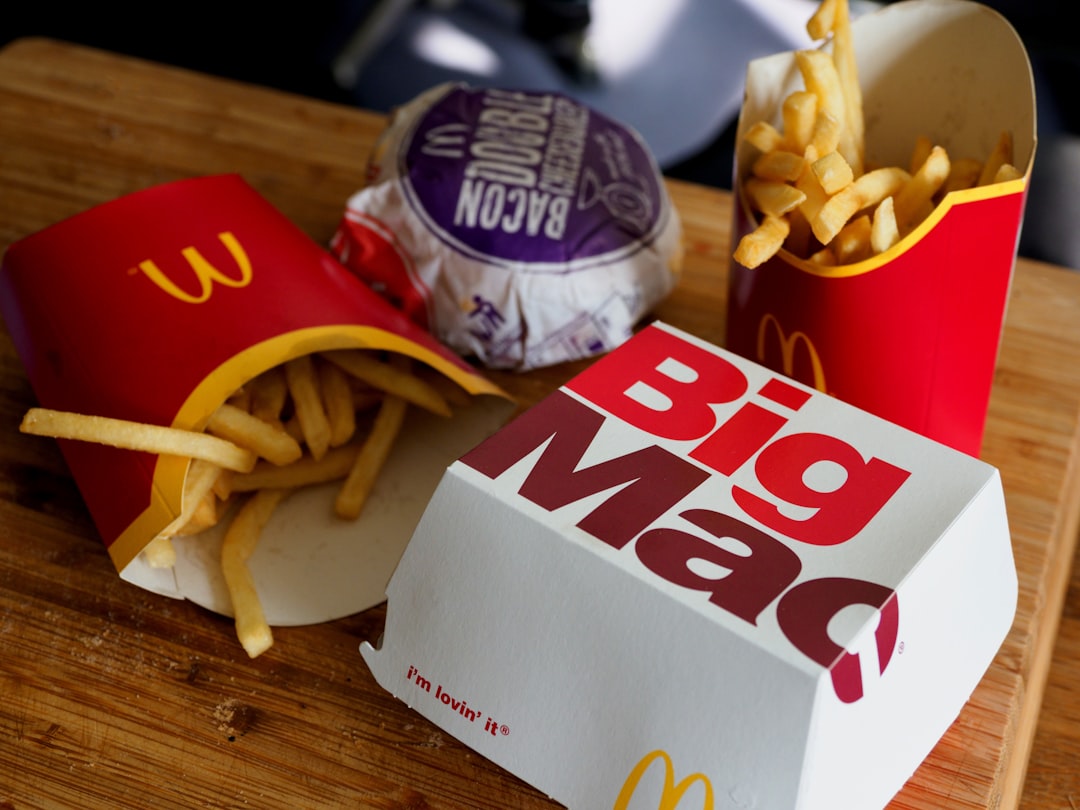
Perhaps no single McDonald’s creation better demonstrates America’s influence on global economics than the Big Mac Index, which inadvertently became a tool for understanding international finance. The Big Mac Index is a price index published since 1986 by The Economist as an informal way of measuring the purchasing power parity (PPP) between two currencies and providing a test of the extent to which market exchange rates result in goods costing the same in different countries. The index compares the relative price worldwide to purchase the Big Mac, the flagship hamburger sold at McDonald’s restaurants. This seemingly simple comparison taught the world complex economic principles in digestible terms, making international finance accessible to ordinary people. The Big Mac index was created by The Economist to measure purchasing power parity between nations, using the price of a Big Mac as the benchmark. The index was created with tongue in cheek, but many economists say it’s roughly accurate. Through a hamburger, America inadvertently created a global classroom for economic education. Switzerland leads the Big Mac index as of July 2024. According to the January 2024 Big Mac Index, Switzerland has the highest Big Mac price globally at $8.17. The most expensive Big Macs are in Switzerland, where a Big Mac would set you back $8.17. The Big Mac Index revealed how American products could serve as economic benchmarks, teaching the world that even fast food could illuminate complex financial relationships between nations.
Cultural Diplomacy Through French Fries

McDonald’s served as America’s unofficial cultural ambassador, introducing the world to American casual dining culture and social norms. The restaurant’s layout, service style, and atmosphere taught international customers about American informality and accessibility. McDonald’s signifies some of the American local cultures in many countries. People have recognized Ronald McDonald, a good brand ambassador for the fast-food restaurant. It’s said that it imposes a happy family culture on society. Through brightly lit restaurants, self-service counters, and casual seating arrangements, McDonald’s showed the world that dining could be democratic and egalitarian rather than formal and hierarchical. Ronald McDonald is McDonald’s “Chief Happiness Officer”, and he has lasted for about 50 years. Previously, children, youth, parents and other market segments were familiar with amiable “Ronald McDonald”, who was a good “brand ambassador”. McDonald’s corporate culture is a kind of family-happy culture, which emphasizes its influences of happy culture. The Happy Meal concept taught the world about American marketing ingenuity and the power of targeting children as consumers. McDonald’s demonstrated how American values of optimism, convenience, and family-friendly entertainment could be packaged and exported globally, fundamentally changing how other cultures approached casual dining and family entertainment.
Teaching Globalization While Embracing Localization
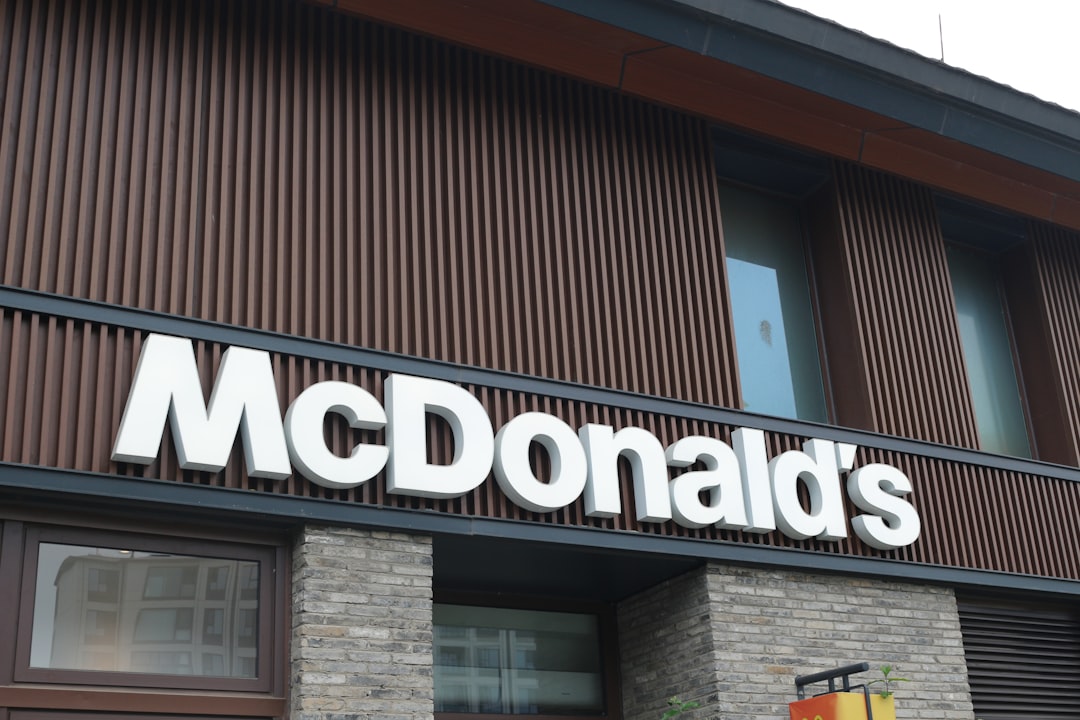
McDonald’s became a masterclass in “glocalization,” teaching the world how to balance global consistency with local adaptation. McDonald’s localization strategy is a cornerstone of its global success, allowing the brand to integrate into diverse markets while maintaining its global identity seamlessly. By balancing standardization with cultural adaptation, McDonald’s has mastered the art of appealing to regional tastes, traditions, and economic conditions. The company showed that successful globalization didn’t require cultural imperialism—it required cultural intelligence. In India, McDonald’s introduced vegetarian menus; in Japan, they added rice burgers; in the Middle East, they ensured halal compliance. McDonald’s is able to adapt its menu and business plans to each culture. It shows that it respects the differences between cultures and adheres to the country’s policy when it develops additional items for its menu. This approach taught multinational corporations that respecting local customs wasn’t just politically correct—it was profitable. McDonald’s demonstrated the American business principle that flexibility within structure could create sustainable competitive advantages. No matter where you eat it, fast food always tastes the same, with only slight variations to accommodate local preferences. In the Philippines, for instance, McDonald’s, serves spaghetti with a sweet tomato-based sauce, while in Turkey, soft serve ice cream topped with apricots is a typical accompaniment to the usual helping of burgers and fries. In Amritsar, India, McDonald’s went as far as opening a new outlet with an entirely vegetarian menu, with items like a “McAloo Tikki Burger,” complete with a patty made from potatoes, for 50 cents.
The Real Estate Empire: America’s Hidden Business Model
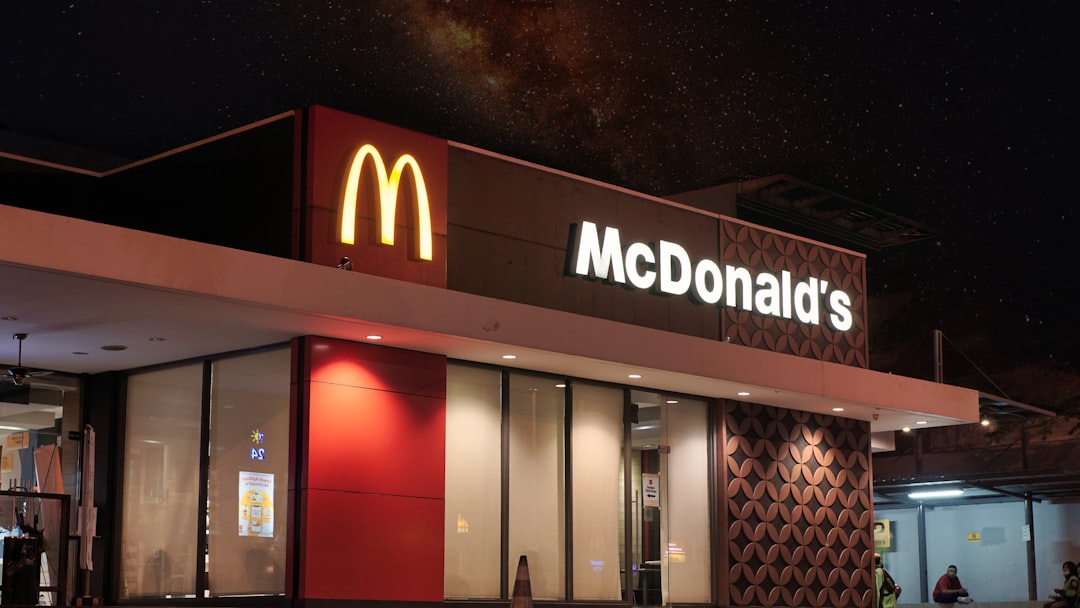
McDonald’s taught the world one of America’s most sophisticated business lessons: that the real money wasn’t always in the obvious product. Despite being a giant in the restaurant sector, its primary revenue source is real estate, earning from property rentals. While customers thought they were buying hamburgers, McDonald’s was actually building a real estate empire, earning money from the land and buildings rather than just the food. This model revealed the American genius for finding multiple revenue streams within a single business framework. This structure ensures that McDonald’s revenue stream is stable and predictable, while maintaining profitability amidst low operational costs. The company demonstrated how American businesses could create complex financial structures that generated wealth through asset appreciation and rental income. The burger behemoth earned most of its revenue from McDonald’s franchised restaurants and received 15.44 billion U.S. dollars through this mode of operation in 2023. Through McDonald’s, the world learned that successful American businesses often made money in ways that weren’t immediately obvious to customers or competitors. This hidden business model became a template for countless other franchise operations worldwide, teaching entrepreneurs to think beyond their primary product to the underlying assets and systems that could generate long-term wealth.
Digital Innovation: America’s Technology Leadership
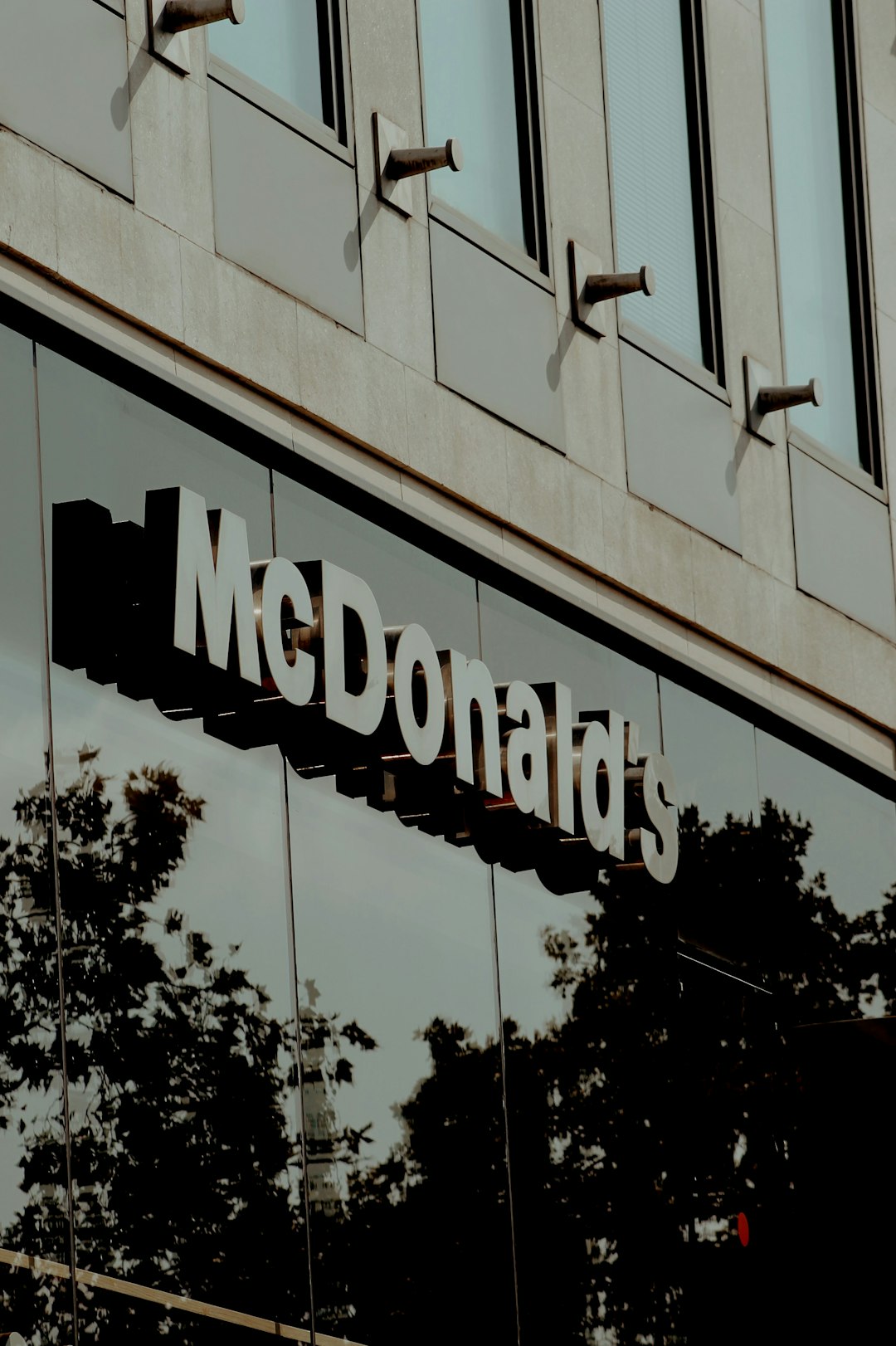
McDonald’s became a global showcase for American technological innovation, continuously introducing new systems that other businesses worldwide would eventually adopt. In 2023, McDonald’s reported that 35% of its global sales came from digital channels, including mobile apps, kiosks, and delivery services. The company pioneered self-service kiosks, mobile ordering, and delivery integration, teaching the world how technology could enhance rather than replace human service. Beginning in 2024, McDonald’s will also deploy a new, bespoke operating system on which all McDonald’s customer and restaurant digital platforms will run, from the mobile app to Loyalty and kiosks in store. And while the use of AI at McDonald’s is not new, these advancements create more opportunities to accelerate customized solutions through McDonald’s GenAI models, ultimately unlocking greater speed and efficiencies. Through loyalty programs and data analytics, McDonald’s demonstrated how American companies used customer information to create personalized experiences at scale. We’re also building a presence in our customers’ digital lives with 150 million 90-day active loyalty users around the world who spent over $20 billion with us over the past year. We plan to increase this active loyalty userbase to 250 million, delivering $45 billion in annual loyalty sales by 2027. The restaurant chain became a testing ground for American retail technology innovations, from drive-through automation to predictive ordering systems. McDonald’s taught the world that successful American businesses didn’t just adopt technology—they pioneered it, constantly experimenting with new ways to improve efficiency and customer experience.
Labor Practices: The American Service Economy Model
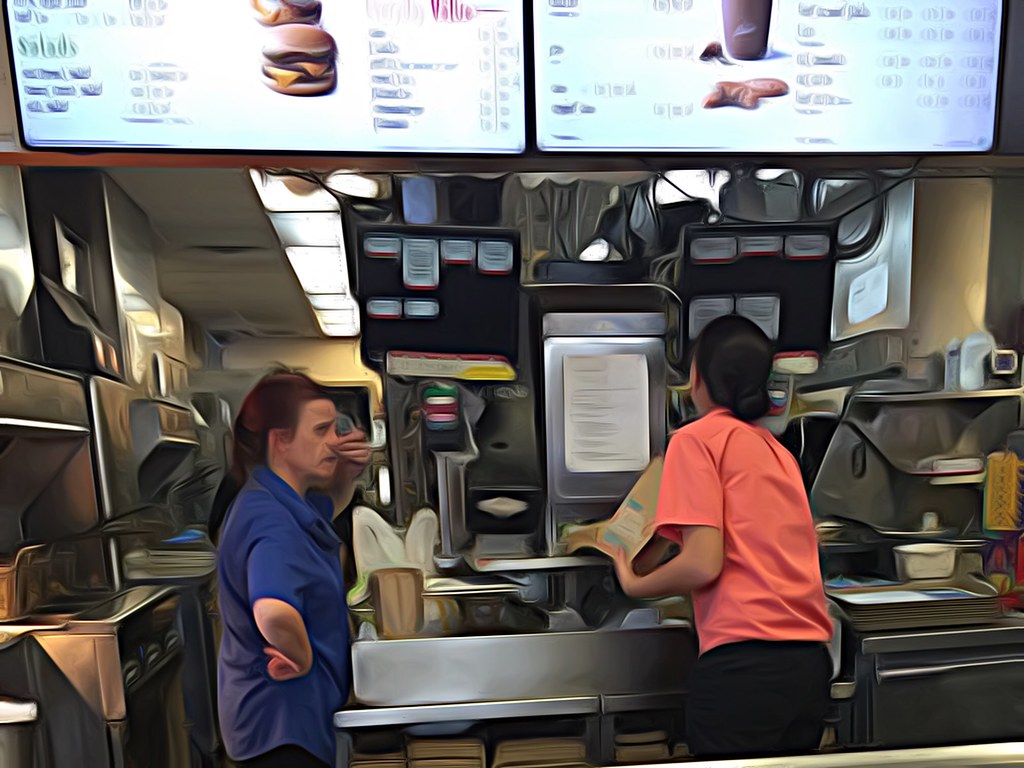
McDonald’s introduced the world to the American model of service economy employment, fundamentally changing how societies viewed entry-level work. 1 in 8 Americans have something unique in common: the experience of working at a McDonald’s restaurant, a powerful fact that highlights the impact of McDonald’s as an employer in communities around the country. The company taught the world that fast-food jobs could serve as stepping stones rather than dead ends, providing training in customer service, time management, and basic business operations. McDonald’s pioneered the concept of flexible scheduling, part-time employment benefits, and standardized training programs that would be adopted across the service industry globally. McDonald’s and its franchisees contributed over $26 million in tuition assistance for restaurant employees: We believe opportunity starts with education. Our Archways to Opportunity® program offers eligible U.S. employees and employees of participating Franchisees the opportunity to graduate from college, earn a high school diploma, learn English as a second language and gain access to academic and career advising services. The “McDonald’s job” became a cultural phenomenon, teaching developing economies about the dignity of service work and the importance of customer-facing skills in modern economies. A McDonald’s employee makes about USD 25,163 a year on average. Through its employment practices, McDonald’s demonstrated American values about work ethic, advancement through merit, and the importance of giving young people their first taste of professional responsibility.
Supply Chain Mastery: American Logistics Excellence
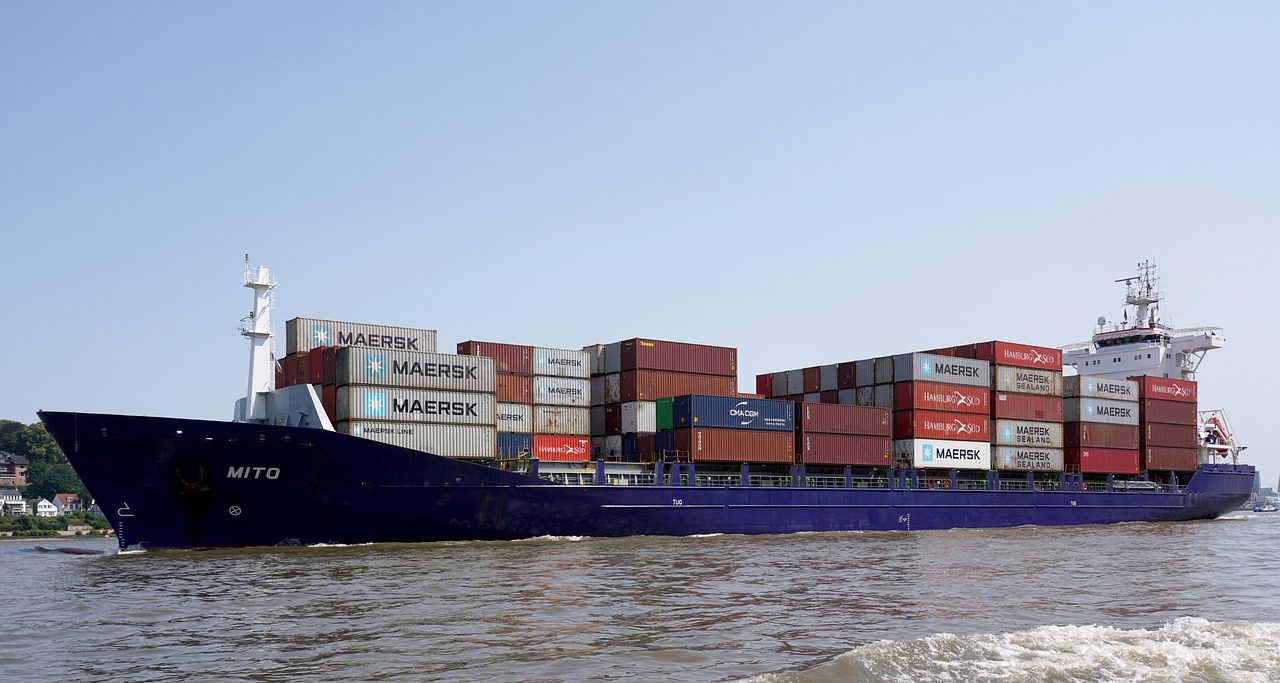
McDonald’s became a global university for supply chain management, teaching the world how American logistics thinking could transform entire industries. McDonald’s is the world’s largest beef purchaser. The company’s ability to deliver consistent quality ingredients to thousands of locations worldwide demonstrated the power of American supply chain innovation. The McDonald’s System supports American farmers and the U.S. supply chain; in 2021, we purchased $5.5 billion in raw ingredients alone: One reason why your McDonald’s favorites taste so good? They’re made with fresh ingredients grown, raised and harvested by U.S. farmers. We believe responsible sourcing is key to ensuring great food, and we’ve identified opportunities across our supply chain to help ensure positive impact on our planet, farmers and communities. McDonald’s taught the world about vendor relationships, quality control systems, and the importance of reliable partnerships in global business. The company’s supply chain became a model for other industries, showing how to balance cost efficiency with quality assurance across multiple countries and cultures. The chain sells about 9 million pounds of French fries daily, which adds up to about 3.29 billion pounds a year. Through its sourcing practices, McDonald’s demonstrated American business principles about long-term partnerships, sustainability, and the importance of supporting local suppliers while maintaining global standards. The McDonald’s supply chain became a template for how American companies could operate globally while supporting local economies and maintaining the consistency that customers expected from American brands.
Financial Innovation: Teaching Modern Corporate Finance
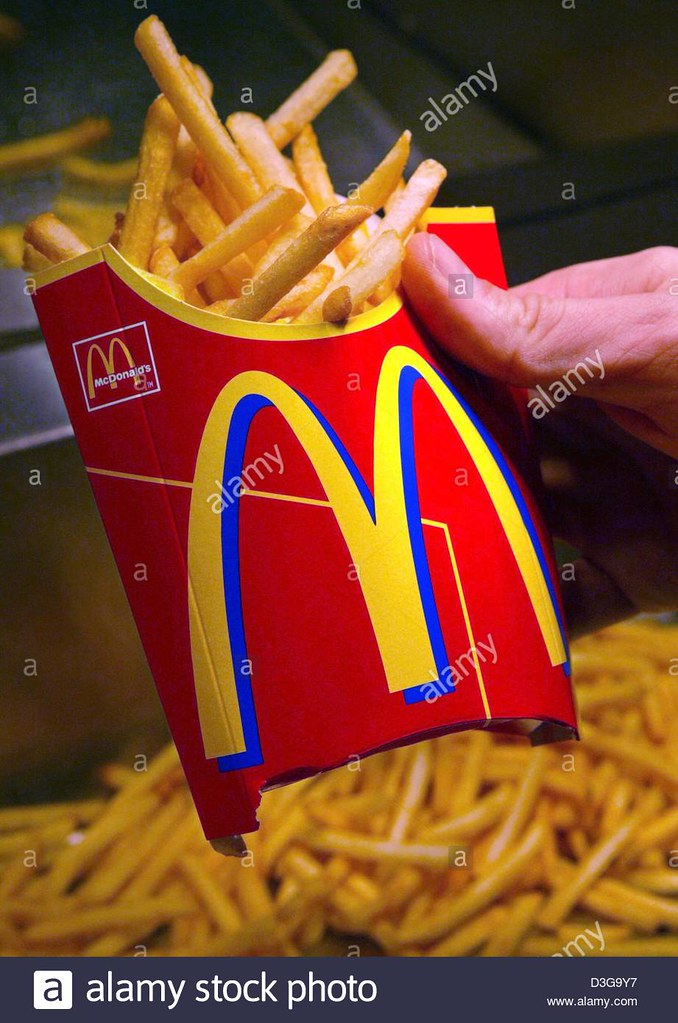
McDonald’s became an unlikely professor of advanced corporate finance, teaching the world sophisticated American business strategies through seemingly simple operations. Moreover, despite being the company with the highest market value in the industry, it paradoxically has negative shareholder equity. This seemingly “unorthodox” strategy hasn’t hindered McDonald’s stock performance, which has kept pace with the rise of the S&P 500 index. The company demonstrated how American corporations could use complex financial structures to maximize returns while minimizing risk. McDonald’s annual revenue for 2024 was $25.92B, a 1.67% increase from 2023. McDonald’s annual revenue for 2023 was $25.494B, a 9.97% increase from 2022. Through its franchise model, McDonald’s taught the world about asset-light business strategies, showing how to grow rapidly without massive capital investment. By 2024, McDonald’s brand value reached USD 38 billion, securing its position as the second most valuable restaurant brand globally, outpacing competitors like Burger King, KFC, and Subway. The company’s financial engineering became a case study in business schools worldwide, demonstrating how American financial innovation could create sustainable competitive advantages. McDonald’s taught international businesses that the most successful American companies didn’t just make money—they optimized how they made money, constantly refining their financial structures to maximize efficiency and returns. This approach influenced countless





